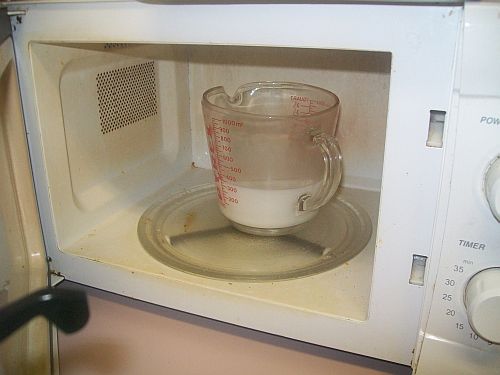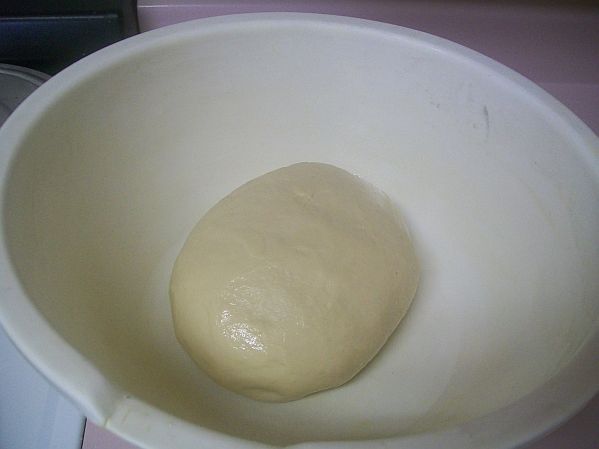
milk


Liquid Buttermilk - Can it be frozen?
I have an unusual question but know that someone here will have the answer or good suggestion.
I would like to use Buttermilk in my bread recipes instead of milk when called for... Since I will most likely not use the whole carton of milk, can Buttermilk be frozen in small, let's say, 1/2 cup quantities without ruining the Buttermilk or flavor?
My idea is to freeze 1/2 cup Buttermilk(ice)cubes then when I need Buttermilk in a recipe, just remove what I need from the freezer and let thaw. Does this sound like a good idea?..
... OR...

Milk in Bread
I am sure this has been discussed before but I couldn't find anything. In Peter Reinhart's whole grain book milk is used than is left at room tempurature fo 12 to 24 hour's . Is this a safe thing to do. Does't the milk go bad?

Fresh Milk: Skim vs. Whole

Buttery Egg Bread recipe found (just in time for T-giving)
Hi,
Thanks for your help on this topic. I searched all over the web, and nobody even on this impressive site had the recipe I was looking for. Fortunately, a family member found an old copy of this spectacular, no-knead, crusty bread. Always a hit w. my people on special occasions. Anyone who would like to substitute more specific measurements (like 'stick of butter'), please do!
Monkey Bread (so-called by the friend of my mother who gave her the recipe circa '68)

To Scald or Not To Scald (or: Cute Little Buns)
The various and opposing lines of thought, not just here but in reputable books and on line as well, on scalding milk for bread have me baffled and scratchin' my head. Especially as I've been blithely adding unscalded milk to my doughs for, well, a very long time. Had I really been compromising my results with careless technique? Spurred on by CountryBoy's recent thread, yesterday I did this:

Siegfried-Sourdough made with milk, 10 days
Here is a little gem, fell out of my cookbook (guess he figured his time was ripe). It is like a Friendship Bread in that one is given Siegfried sourdough sample and a recipe with instructions. I think it's funny how it contains both metric and cups. I would just take a sample of your own sourdough and try it. How much? Anywhere from a tablespoon to 1/2 cup, up to you.... Thoughts & comments welcome.

should milk be scalded before using in bread dough?
Many recipes for loaf bread that use milk advise that the milk must first be scalded (brought just to the boil). (Then, of course, you have to wait for the milk to cool.) I remember reading an explanation that something in the milk can inhibit yeast growth and the heat somehow corrects this.
Tell me, gurus, is it really necessary to scald the milk? If yes, why? If no, why not (can it just be a holdover from earlier times that has been mindlessly perpetuated)?
PS - I love long, involved scientific explanations, so please feel free to elaborate
Thanks in advance...






















